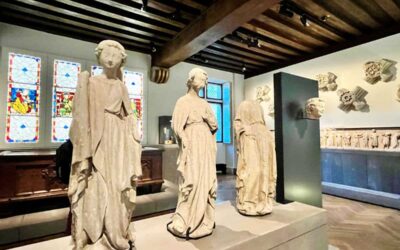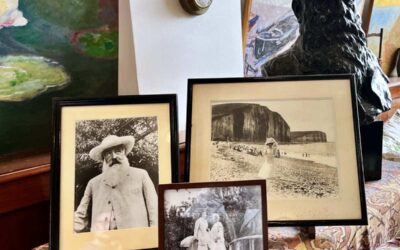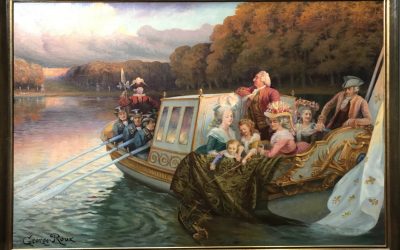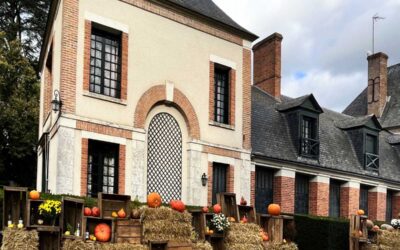We may all admire the royal châteaux and monuments around France, but we all know what comes next. It is that indelible time in French history, the storming of the prison at Bastille Saint-Antoine and the start of the 1789 French Revolution.
But did you know that the revolution in 1789 didn’t actually bring about the democratic republic that France is today? Instead it took a few detours into empires, other monarchies, coup d’etats, and other tumultuous forms of government. Oh and there were a couple of other revolutions in France after, as well.
To understand the causes of the French revolution, the storming of the Bastille, the Reign of Terror, and its aftermath, let’s plunge into the late 18th century, shall we? Allons-y!
- 1. There was a deep financial crisis in France right before the revolution.
- 2. The French believed the Royals were spendthrifts.
- 3. Severe storms and drastic weather caused poor harvests.
- 4. High bread prices lead to famine, leading to the rumored quote "Let them eat bread".
- 5. People wanted social equality and lower taxes.
- 7. The French were inspired by the Americans and a new Age of Enlightenment.
- 8. Parisians stormed the fortress prison at Bastille on July 14, 1789.
- 9. The Cockade de France was worn by the revolutionaries.
- 10. The people marched to the Palace of Versailles.
- 11. The Marquis de Lafayette played both sides.
- 12. The Declaration of the Rights of Man and Citizen was drawn up.
- 13. The French Royal family nearly escaped.
- 14. The guillotine was on everyone's mind.
- 15. King Louis XVI was beheaded.
- 16. French nobility went on the run.
- 17. Reign of Terror across France.
- 18. A new Motto and National Anthem was written.
- 19. Queen Marie-Antoinette was put on trial.
- 20. Journalist Jean-Paul Marat was murdered in his bathtub.
- 21. Revolutionary leader Maximilien Robespierre was guillotined.
- 22. The Crown Prince (Dauphin) Louis Charles was presumed dead.
- 23. Princess Marie-Therese died in exile.
- 24. A French Revolutionary Calendar was created.
- 25. The Fleur de lys was replaced by Marianne.
- 26. The prison fortress at Place de la Bastille was dismantled.
- 27. French Louisiana and Quebec were permanently lost.
- 28. Napoleon Bonaparte came to power after the revolution.
- 29. Human trade was a huge issue.
- 30. The Monarchy returned.
- 31. France had several subsequent revolutions.
- 32. French noble titles were restored.
- 33. July 14th became a public holiday.
1. There was a deep financial crisis in France right before the revolution.
It is the late 18th century and France’s Louis XVI had contributed thousands of troops, ships, and funds between 1776–1783 to support another revolution: the Americans in their War of Independence, against their arch-enemy the British.
Getting back at the British cost a lot of money however, and the French state coffers were in dire straits.

2. The French believed the Royals were spendthrifts.
The French public, however, did not believe it was the American war costing them money.
Rather they felt that their Austrian-origin Queen Marie-Antoinette was having lavish parties and fêtes, and sending money to her brother (and their old enemy), the Emperor of Austria.
In addition to being incapable of reining in his wife’s excesses, the French Louis XVI was also a rather ineffective speaker and indecisive as absolute monarch.
3. Severe storms and drastic weather caused poor harvests.
There were several severe storms causing droughts and poor harvests in 1787 and 1788, leading to large fall in food production. For the poor, who were barely making do before, this became completely unmanageable.
4. High bread prices lead to famine, leading to the rumored quote “Let them eat bread”.
The rising prices of bread lead to riots in Paris and other parts of France. By 1789, France was almost bankrupt and the years’ harvest was bad. Marie-Antoinette was given the nickname Madame Déficit.
Qu’ils mangent de la brioche – Let them eat cake.
Attributed to Marie-Antoinette, but most likely false
Marie-Antoinette was caricatured as being completely out of touch, and the people believed she didn’t care.
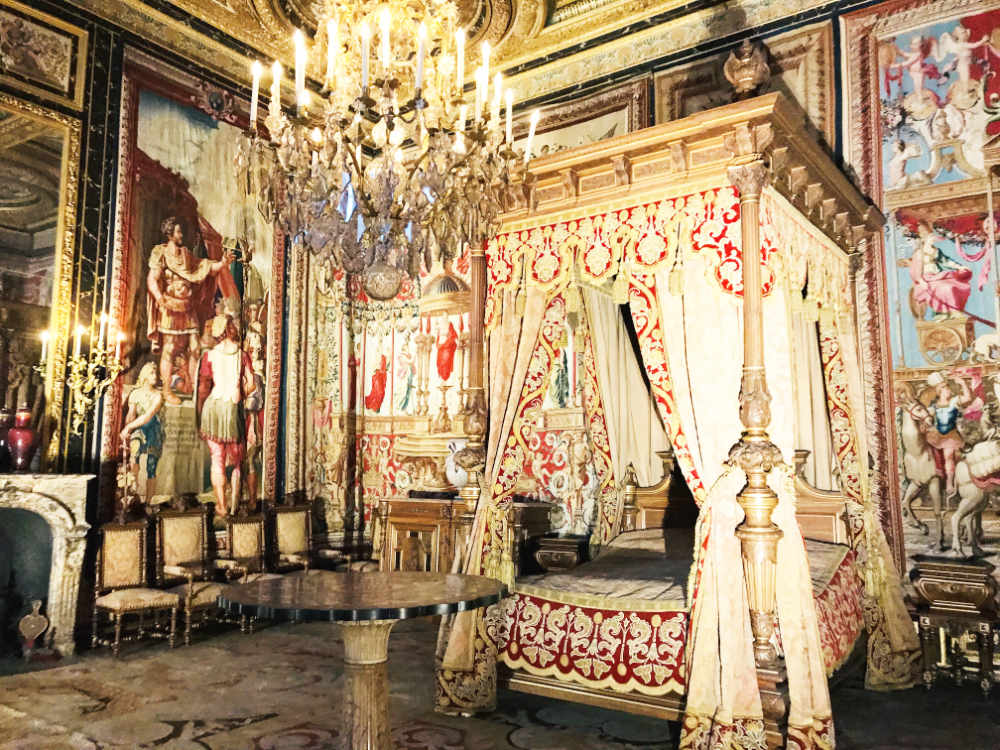
5. People wanted social equality and lower taxes.
France at the time had a rather ancient this feudal social structure. Society was broken down into 3 estates (groups):
- clergy
- nobility
- commoners (80% of the population)
The King was on top, and not considered a part of any estate. Nobles and clergy, who were the richest in the land, were excluded from taxation, making a very inefficient tax situation.

The new merchant bourgeoise class who were self-made entrepreneurs could only touch the bottom of the nobility ranks, without going any higher. Below them, the commoners lived off of land owned by the nobility and paid high direct taxes.
In order to address the issues of the day, assemblies called Estates Generals had been called since the 14th century, although there was little social progress to show for it. Nonetheless King Louis XVI was persuaded to call an Estates General on May 5, 1789.
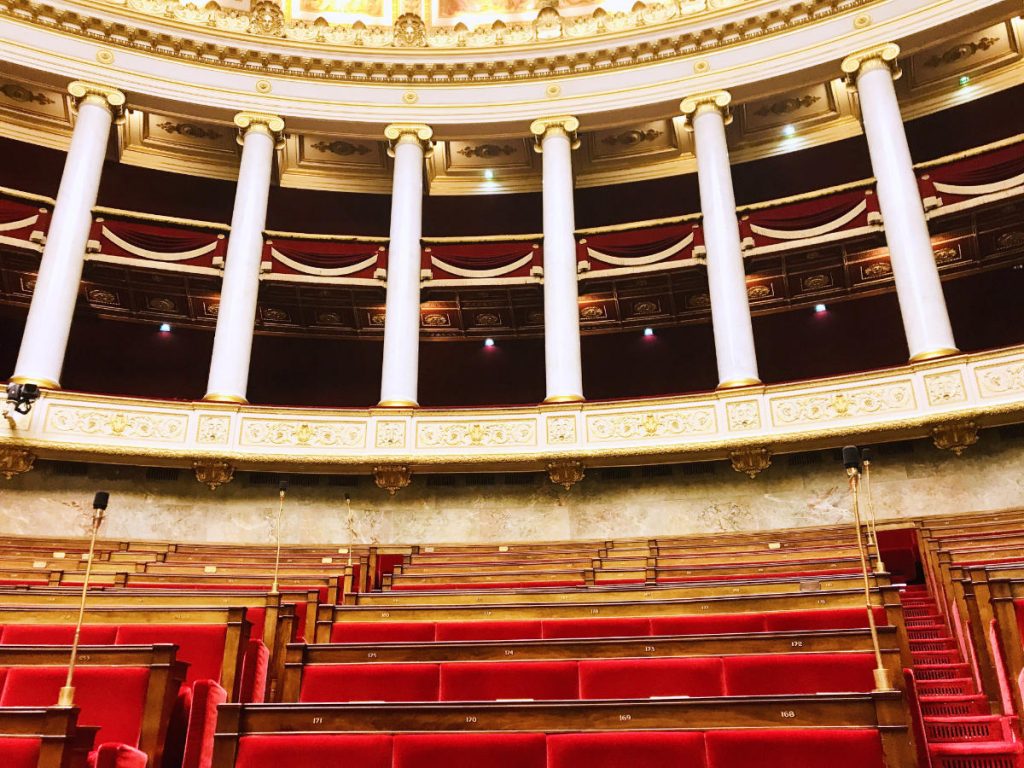
Each estate drew up a list of grievances, the cahier de doleances, which outlined the problems each was facing.
However, between the King, the 1st and 2nd Estates continually voting to block the 3rd Estate’s reforms to keep their own interests, the commoners did not feel heard.
7. The French were inspired by the Americans and a new Age of Enlightenment.
It was the Age of Enlightenment, with French writers like Voltaire and Rousseau openly discussing concepts like personal happiness and civil liberties.
In France, the philosophy of individual liberty and religious tolerance were gaining in recognition, in opposition to an absolute monarchy and the fixed ideologies of the Church. And the American Revolution had show the French that the previously unattainable was possible.
With a famine affecting much of the country, the country was ripe for revolution. The poor wanted their voices heard and a representative government model, similar to their allies, the Americans.
8. Parisians stormed the fortress prison at Bastille on July 14, 1789.
Around that time, in the east end of Paris, was a former royal fort that had been converted into a prison. An imposing building made of stone, it was surrounded by guards armed to the hilt.
In July of 1789 there were only 7 prisoners there, among them the infamous French writer and philosopher Marquis de Sade, who had already been held there for over 10 years. (A good majority of his works were written in prison.)
Anyway, as the French peasants and revolutionaries were preparing to make their demands, they decided they needed weapons. While they were able to get muskets by taking over the Hotel des Invalides in Paris, they also needed gunpowder. As it happened, the Bastille had stockpiles of it. You can read more about the history of Paris here.
On July 14, 1789 the revolutionaries stormed into the Bastille, freeing all the prisoners and beheading the prison’s governor and stuck his head on a spike. The revolution had begun.
9. The Cockade de France was worn by the revolutionaries.
One of the main symbols of France came about during the revolution, the cockade de France. The cockade is the national ornament of France, which is made by circularly pleating a blue, white and red ribbon.

It is made with the three colors that inspired the French flag using blue in the center, white immediately outside, and red on the outer edge. During the Storming of the Bastille, the revolutionary militia wore a cockade of blue and red.
The colors and design of the symbols of the République are derived from this tricolor. The three-color scheme was copied by many other nations, both in Europe and the rest of the world.
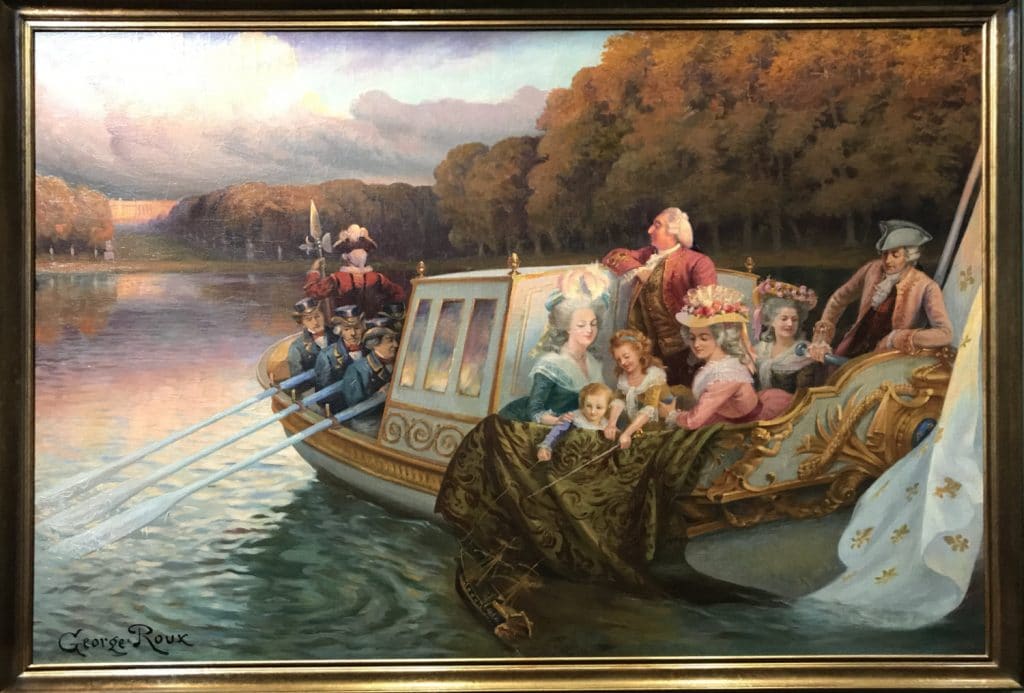
10. The people marched to the Palace of Versailles.
The French royal family remained however at the Palace of Versailles, which at the time was at least a day ride away on horseback. They did not fully understand the seriousness of the situation, and
On 5 October 1789, the French people marched to Versailles, and made the Royal Family return to Paris as their prisoners. Louis XVI, Marie-Antoinette, and their children would never return.
11. The Marquis de Lafayette played both sides.
The French hero of the American Revolution, the Marquis de Lafayette, may have been a wealthy nobleman, but he was not immune to the charms of a revolution.
He had been sent to the United States by the French King Louis XVI to help lead the Americans, and was welcomed back as a hero in France upon his return. At the time, he even named his daughter Marie-Antoinette Virginie upon his good friend Thomas Jefferson‘s recommendation.
Lafayette worked with Jefferson to establish trade agreements between the United States and France which aimed to reduce America’s debt to France after the 1776 U.S. Declaration of Independence. This was part of the reason French coffers were so empty.
When revolution came to France in 1789, Lafayette found himself as leader of the National Guard to the French King. He attempted to maintain order and create a constitutional monarchy, with a democratically elected National Assembly.
12. The Declaration of the Rights of Man and Citizen was drawn up.
In 1789, France’s constitutional document was drafted by the Marquis de Lafayette, in consultation with Thomas Jefferson.
The Déclaration des droits de l’homme et du citoyen (Declaration of the Rights of Man and of the Citizen), was based on the American Declaration of Independence and Bill of Rights.
While women were not included in the document, the rights of man were declared to be universal, valid at all times and in every place. It became the basis for a French nation of free individuals protected equally by the law.
13. The French Royal family nearly escaped.
There had been several plots designed to help the royal family escape, which Queen Marie-Antoinette had rejected because she would not leave without the King, and King Louis XVI could not decide what to do.
When he finally did agree, an elaborate attempt known as the Flight to Varennes was hatched by Marie-Antoinette’s purported lover Axel von Fersen and the Baron de Breteuil (of Château de Breteuil fame).
After many delays, the escape was attempted on 21 June 1791, but with all their luggage and paraphernalia, the family was caught and taken back to
14. The guillotine was on everyone’s mind.
The Guillotine, which was previously called the louisette, had already existed for a while, but it is during the 1789 revolution that it came to the forefront. Beheading people with an axe or a sword was too dependant on the skill of the executioner, and many such punishments had gone wrong, with unnecessary cruelty.
On 10 October 1789, physician Joseph-Ignace Guillotin proposed to the National Assembly that the guillotine should become the method of choice, to be used on all condemned people regardless of class, consistent with the idea that the purpose of capital punishment was simply to end life rather than to inflict pain.
15. King Louis XVI was beheaded.
After the storming of the Bastille, the royal family had been held captive in a series of châteaux and towers. They attempted to escape, but were quickly recognized and brought back to Paris.
Marie-Antoinette’s brother the Holy Roman Emperor Leopold II of Austria, also attempted to rescue the family with his army (and take over France), but lost.
Less than 2 years later, French King Louis XVI was found guilty of treason and was guillotined on 21 January 1793.
☞ READ MORE: French Revolution Walking Tour of Paris

16. French nobility went on the run.
Up until the death of the King and Queen, the French nobles up and down the country were unsure of whether the monarchy would be restored. Some stayed, while others fled to England, Spain, and other surrounding countries.
Their lands were stripped of their special status as fiefs and the nobility were subjected to the same taxation as fellow citizens. They also lost all their special privileges and their titles, now referred to as “Citizen”.
“Street justice” was the more immediate threat however, with lynch mobs descending on châteaux and massacring nobles in their path. One particularly gruesome example was a noblewoman named Marie-Thérèse-Louise de Savoie-Carignan, Princess de Lamballe. She was a close friend and companion of Queen Marie Antoinette.
Refusing to renounce the monarchy, Lamballe was delivered to a mob in the streets. Details of her death are unclear, but reports include her being raped and her body mutilated. Her head was severed and carried through the streets, with the crowd flaunting it below the prison window of Marie Antoinette.
Those French nobles who did manage to escape, would make their way back years later, to try to reclaim what had been lost. Châteaux like the Château de Chantilly in the north of Paris, were completely destroyed and had to be rebuilt. (Thankfully, a lot of the Châteaux of the Loire valley were ransacked, but ultimately saved.)
The Marquis de Lafayette, who was by now a French-American dual citizen, attempted to escape to Belgium and Austria, where he had previously been greeted as a hero by King Louis’s allies. This time however, he was regarded with suspicion and spent the rest of the revolution in an Austrian prison.
17. Reign of Terror across France.
Once the revolution was in full force, a period of great instability occurred. It was known as la Terreur, or the Reign of Terror.
With warring sides and the balance of power constantly shifting, France was in a civil war with various royals and several revolutionary factions all claiming power. Austria, Prussia, and the English were all threatening to also get involved, mostly to benefit themselves.
Massacres were common, such as the September massacre in 1792, when around 1500 prisoners were died over 4 days, many at the hands by lynch mobs.
There are no exact figures, but estimates show that around 25,000 people were guillotined or massacred during the Reign of Terror, including several members of the Royal court.
18. A new Motto and National Anthem was written.
The period after the 1st French revolution gave the country their national motto:
Liberté, égalité, fraternité
French for “liberty, equality, fraternity”
It also gave France their national anthem “La Marseillaise“.
The song was based on a tune by French poet and soldier Claude Rouget de Lisle, while he was stationed in Strasbourg (in case of Austrian attack).
The song is meant to represent soldiers and volunteers from the city of Marseille in the south going to Paris to defend their interests.
| French (short version) | English translation |
|---|---|
| Allons enfants de la Patrie, Le jour de gloire est arrivé! Contre nous de la tyrannie L’étendard sanglant est levé, (bis) | Arise, children of the Fatherland, The day of glory has arrived! Against us, tyranny’s Bloody standard is raised, (repeat) |
| Entendez-vous dans les campagnes Mugir ces féroces soldats? Ils viennent jusque dans vos bras Égorger vos fils, vos compagnes! | Do you hear, in the countryside, The roar of those ferocious soldiers? They’re coming right into your arms To cut the throats of your sons, your women! |
| Aux armes, citoyens, Formez vos bataillons, Marchons, marchons! Qu’un sang impur Abreuve nos sillons! | To arms, citizens, Form your battalions, Let’s march, let’s march! Let an impure blood Water our furrows! |
There is no love lost between Paris and Marseille, and given the spirit of the Reign of Terror at the time, the lyrics as you can see are quite bloodthirsty. You can read the rest of the Marseillaise lyrics here.
19. Queen Marie-Antoinette was put on trial.
After the execution of the former King Louis XVI, the revolutionaries debated what to do with the former Queen.
To get rid of her, a Revolutionary Tribunal to try her on accusations of high treason (to Austria), promiscuity and incestuous relations with her young son Louis-Charles.
The 7-year-old child was forced to testify that Marie-Antoinette had molested him, which she declared was a great affront to her as a woman and a mother.
After a two-day show trial, she was found guilty on all charges and condemned to death. Imprisoned now in the Tower of Temple, she was then moved to the Conciergerie (today Palais de Justice) on Ile de la Cité. The tiny prison cells were a far cry from the royal palaces the Queen was used to.
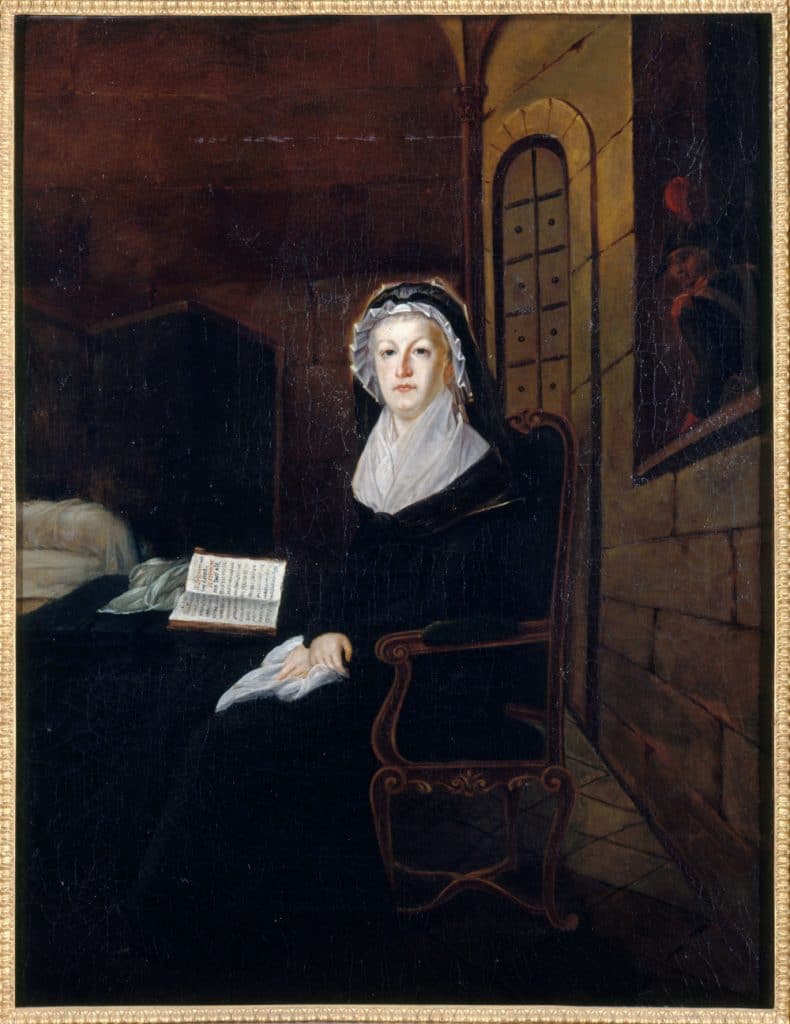
Around 10 months after her husband, on 16 October 1793, Marie Antoinette was beheaded what is now Place de la Concorde in Paris, with the crowds jeering.
Her last words are recorded as, “Pardonnez-moi, monsieur. Je ne l’ai pas fait exprès” or “Pardon me, sir, I did not do it on purpose”, after accidentally stepping on her executioner’s shoe.
After the queen’s head fell, it was shown to the crowd, who responded by crying: “Vive la République!”
20. Journalist Jean-Paul Marat was murdered in his bathtub.
Jean-Paul Marat was a journalist and radical politician during the revolution, and a vigorous defender of the sans-culottes (literally means “without underwear”, but refers to the poorest members of society who couldn’t afford “silk breeches”).
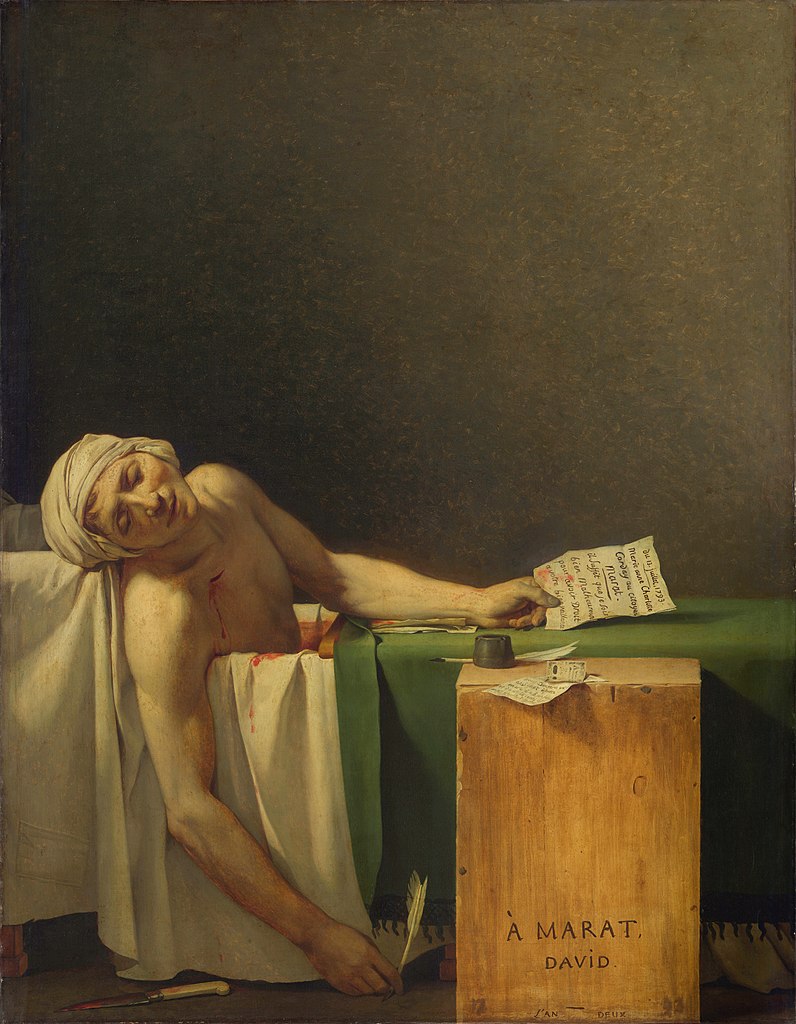
Known for advocating some of the worst massacres during the Reign of Terror through his newspaper, he was already an icon because of his debilitating skin condition that required him to spend much of his day in a medicinal bath.
A member of an opposing revolutionary group, a female activist named Charlotte Corday would purchase a knife in the hotbed of opposition that was then the Palais Egalité, and sneak into his bathroom while he was in the bath to stab him. He became a martyr of the revolution, and Corday herself was executed less than four days, on 17 July 1793.
21. Revolutionary leader Maximilien Robespierre was guillotined.
To give you an indication of how fraught the times were, and how quickly the winds were changing, there is the story of Maximilien Robespierre.
Robespierre was a lawyer who became one of most influential figures of the French Revolution, and one of its leaders.
As part of the National Convention (which was more or less the Head of state at the time), he campaigned for universal manhood suffrage and the abolition of slavery.
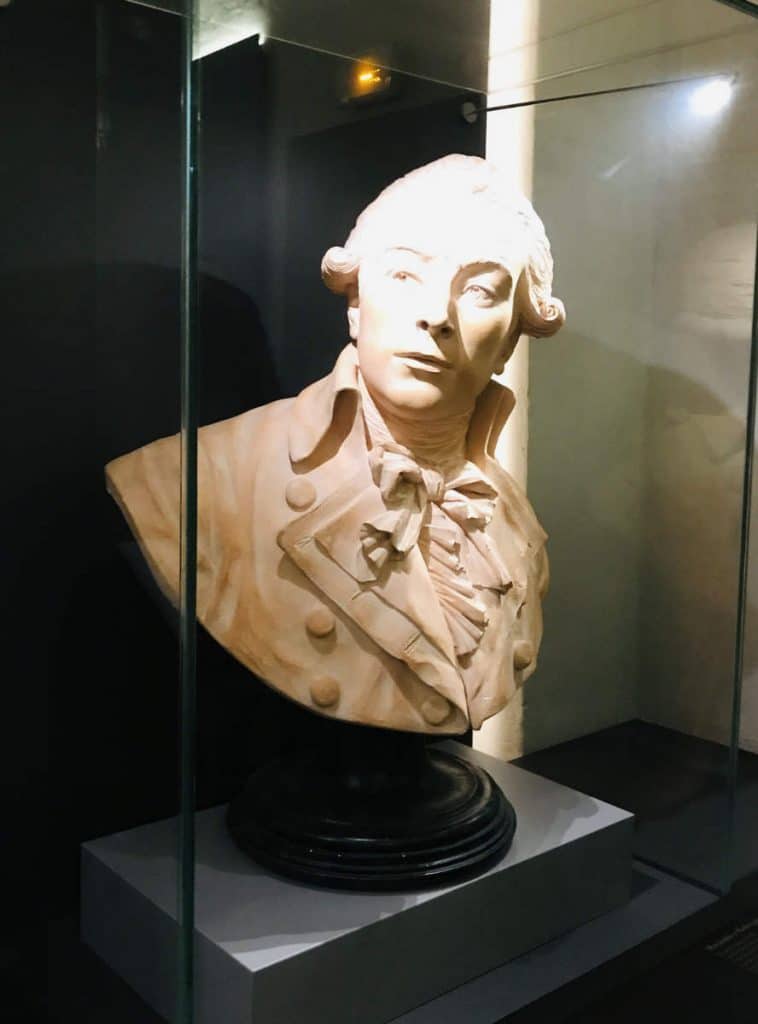
However, he was so tyrannical in his zeal to achieve his goals, i.e. by sending people to their deaths, that he himself was arrested and guillotined just 8 months after Marie-Antoinette in July 1794.
22. The Crown Prince (Dauphin) Louis Charles was presumed dead.
After being forced to testify against his mother, Crown Prince Louis Charles (called the Dauphin of France) was separated from his sister at the age of 7.
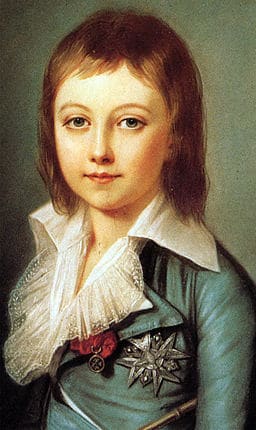
He was put in the care of poor cobbler in order to turn him into a republican. He is presumed to have died at the hands of the revolutionaries due to abuse and poor care, at around 10 years old. The actual fate of the future King Louis Charles is unknown.
23. Princess Marie-Therese died in exile.
Only Marie Antoinette’s eldest daughter would survive to adulthood. Princess Marie-Therese would grow up to marry her cousin, King Louis XIX of France (during a brief period when the monarchy was restored.)
However, she was significantly traumatized and would never have children of her own. She died in exile in what was then Austria (today Slovenia) under the protection of her Austrian relatives.
24. A French Revolutionary Calendar was created.
The French revolution also had its funnier moments. One of the proposals of the Revolution, was to try to change time itself. A new revolutionary calendar was created with 3 weeks in a month, 10 days in a week, and 10 hours in a day.
As you can imagine, it did not work out. You can read more about the French republican calendar here.
25. The Fleur de lys was replaced by Marianne.
One of the main symbols of France today is the female figure known as Marianne, perhaps meant to replace the royal figurehead of the Queen.
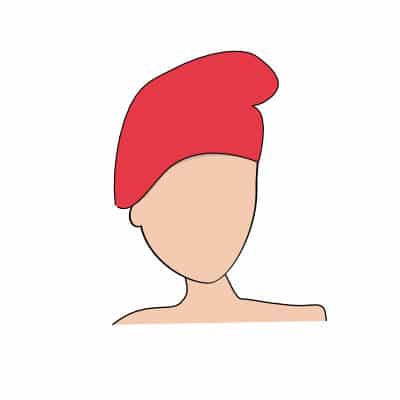
Usually dressed in white, with a red Phrygian cap (a soft conical cap with the apex bent over), she became a symbol after the French Revolution and her model is displayed in all official buildings today.
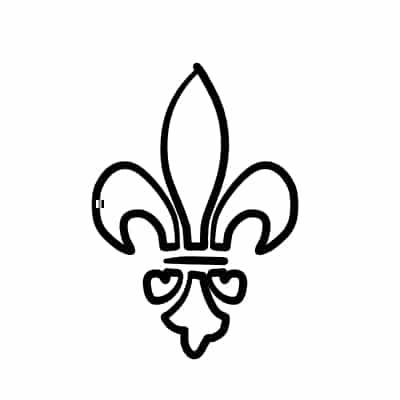
The symbol of Marianne replaced the fleur de lys, which represented the monarchy (although obviously it was quite difficult to get the fleur de lys off of all the royal châteaux and monuments all over France).
26. The prison fortress at Place de la Bastille was dismantled.
Over the months that followed the Revolution in 1789, the Fort Bastille Saint-Antoine was dismantled stone by stone, with pieces being sold as souvenirs up and down the country.
In a symbolic and yet practical gesture, the bridge in front of the Assemblée Nationale, the Pont de la Concorde bridge was built using some of the stones from the castle at Bastille.
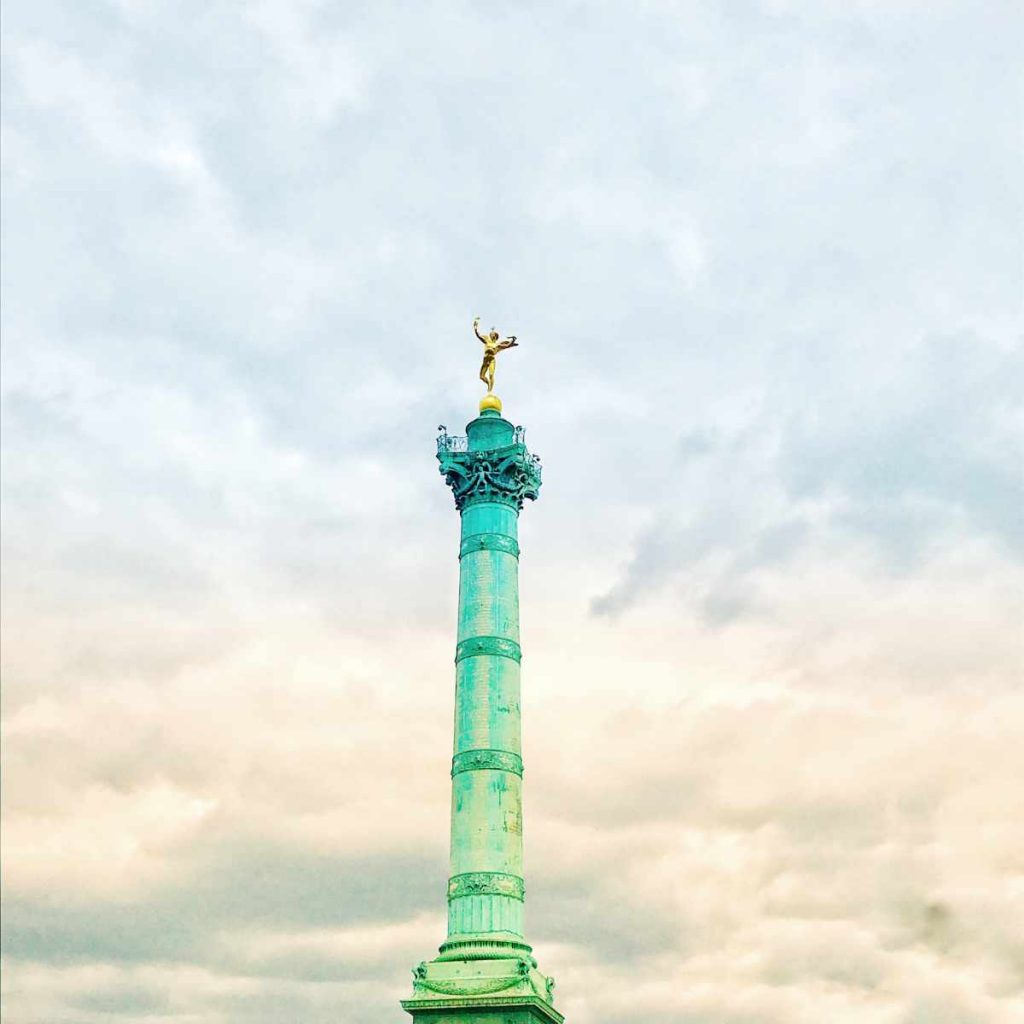
The ancient fort soon turned into rubble, and for practical reasons, the prison was demolished. Today, the site of the Bastille is a large circular roundabout and gathering place called the Place de la Bastille.
27. French Louisiana and Quebec were permanently lost.
By the time the French revolution had stated, the France had already lost its territories in Canada and Quebec. Victory in the American War of Independence in 1786 was supposed to restore some colonies lost, but not as much as they hoped.
French-speaking citizens of Louisiana and Quebec at the time was under the control of Spain and England respectively.
With the start of the Revolution in 1789, any hopes of getting back those territories were lost, with French soldiers diverted to either side of the royalists cause. In addition, the British and Spain captured several remaining French colonies in the Americas during this period.
28. Napoleon Bonaparte came to power after the revolution.
The French Revolution may have been in 1789, but just a few short years later, would fall back into a monarchy, or rather an empire.
Born in Corsica to a minor Italian noble family, a man named Napoleon Bonaparte rose quickly through the ranks of the French Army. By 1799, he is elected First Consul of the Republique and by 1804, Napoleon was “voted” Emperor.
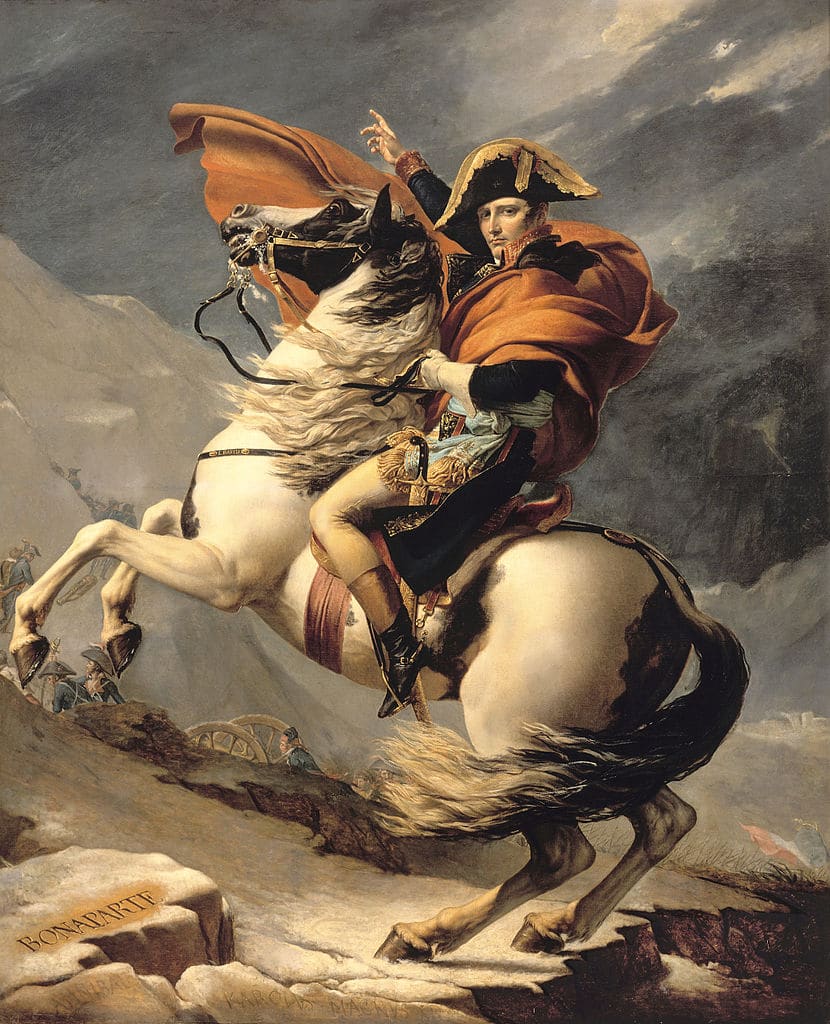
With the threat of war, in 1802 Spain briefly returned Louisiana to France, but Napoleon then decided to sell it to the United States in 1803 as part of the Louisiana purchase to raise money for his armies.
Because Napoleon was not content just being the Emperor of France. He went on to traverse the Alps conquer and pillage large parts of Italy, Austria, Egypt, Russia, and other parts of Europe and Africa.
It was not to be however. Finally defeated at the Battle of Waterloo by the British and her allies, he was exiled to the island of Saint Helena in 1821 where he died.
29. Human trade was a huge issue.
As part of the Declaration of the Rights of Man and Citizens, slavery was of abolished by the French Revolutionaries in 1794 as part of their quest for equality. During its history, France had settled several colonies in the Caribbean and Americas, including Haiti, where a large number of slaves were retained.
As writer of the Declaration, Lafayette became deeply convinced of the wrongness of slavery, after his time in the United States. He spent the rest of his life as an abolitionist, proposing that slaves be emancipated slowly to try to gain approval for his measures.
However, Napoleon Bonaparte revoked that decree in 1802. France finally re-abolished slavery in the colonies in 1848 with a general and unconditional emancipation (after making Haiti pay substantial reparations, that are still having consequences today).
30. The Monarchy returned.
Napoleon may have been defeated, but France’s enemies were not prepared to let its nascent democracy return.
They restored the French monarchy in 1814, by putting on the throne a series of minor members of the House of France, the last of whom would be Louis Philippe (known as the last King of France).
31. France had several subsequent revolutions.
And there was more turbulence ahead. There would be another 2 revolutions, a coup d’etat, another self-declared emperor and many other changes ahead.
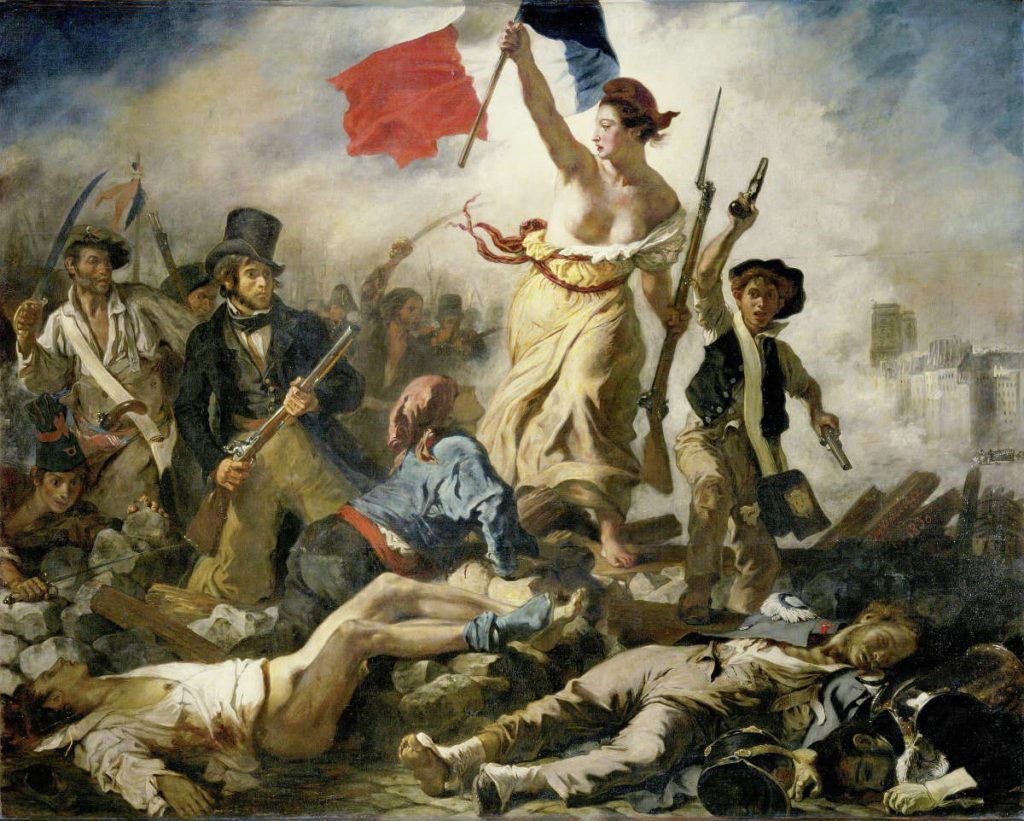
This enormous upheaval in the French history of government breaks down as follows:
- 1814: Restoration of Capet monarchy (descendants of King Louis XVI)
- 1830: July Revolution and establishment of constitutional monarchy
- 1848 Revolution: Napoleon III (nephew of Napoleon Bonaparte) elected French President of 2nd Republic
- 1852: Coup d’état with Napoleon III declaring himself Emperor
- 1870: French defeat in Franco-Prussian War, and monarchy abolished
- 1870 – 1940: 3rd Republic (including WWI)
- 1940 – 1945: Vichy Government (under German occupation WWII)
- 1946 – 1958: 4th Republic
- 1958 – present: 5th Republic
32. French noble titles were restored.
And in case you were wondering, French noble hereditary titles were restored by decree in 1852 and have not been abolished by any subsequent law. As such, the noble families of châteaux such as the one in Breteuil or Uzès continue to hold their titles.
In addition, there are several pretenders to the French throne, who continue to hold their titles.
33. July 14th became a public holiday.
Today “14 Juillet” is an annual public holiday in France, a bit like Independence Day is in the United States. Anglophones may call it Bastille Day, but the French actually just refer to it as 14 Juillet. You can see more about how French people celebrate 14 juillet here.

The day is celebrated in Paris with a military parade around the Arc de Triomphe and on the Champs Elysées, followed by many other festivities such as concerts and parties around the country.

If you enjoyed that post, you can read more about French history and facts about France here. A bientôt!

